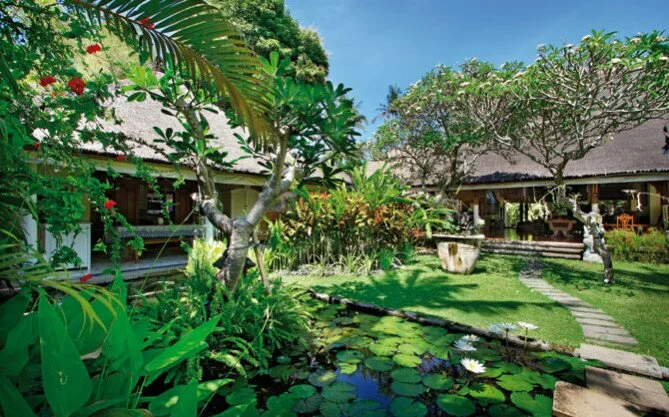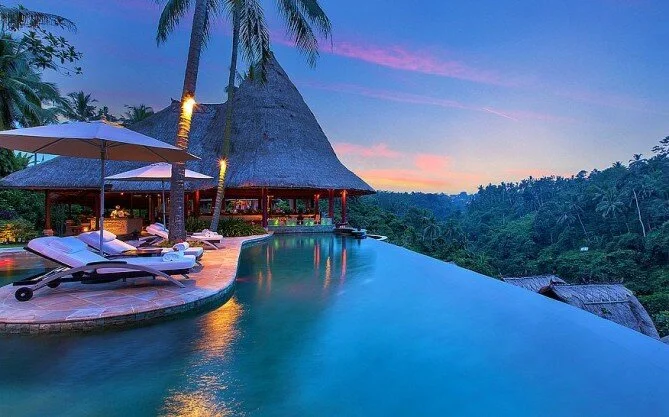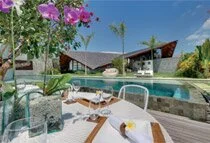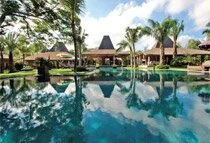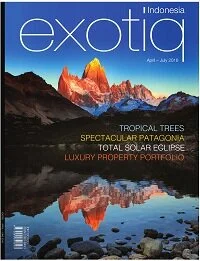If you are cold, tea will warm you; if you are too heated, it will cool you; if you are depressed, it will cheer you; if you are excited it will calm you. ~ William Ewart Gladstone, British Prime Minister.
Whether it‘s a delicate green tea or a robust Assam black, a cup of tea is a complex brew of decorative art, industry, tradition and revolution. Travelling from East to West over thousands of years, tea has played numerous roles on the global scene. What began as an ancient health remedy and a revered element of cultural and spiritual practices was later to become a valuable and contentious commodity in history, politics, and international trade. Yes, behind this most calming of beverages are gruesome stories of treachery, violence, smuggling and the drug trade. This legendary drink is believed to have first been discovered 5,000 years ago by the Chinese Emperor Shen – Ning, when a handful of tea leaves accidentally blew into his pot of boiling water. Before long, tea became a staple of Chinese culture, becoming commonplace even among the lower classes, with the Chinese government supporting the cultivation of tea and the establishment of tea shops so that everyone could enjoy it. Furthermore, because of its medicinal qualities, tea was adopted into various religious and meditative practices by Zen Buddhists, who celebrated the drink as the elixir of immortality and suggested that it enhanced spiritual concentration.
- A Cup of Cheer
- A Cup of Cheer
Buddhist missionaries brought tea to Japan and soon after its introduction, the Japanese created an entire culture around it with the tea ceremony, with the ritual of pouring and serving tea by a geisha hostess becoming a mark of grace. It was not until 1560, when Portuguese missionaries established a trade route with China, that tea was imported to Europe. The initial shipments were expensive and the drink came to signify wealth, therefore increasing its popularity among the elite. Yet not everyone was willing to embrace the new beverage. Doctors and scholars, known as ‘tea heretics’ questioned if the dark, bitter substance was good for public consumption, and academic debates raged for decades with falling prices eventually leading to mass European consumption by the end of the 1600s.
- A Cup of Cheer
- A Cup of Cheer
- A Cup of Cheer
England was a late comer to the tea trade; it was introduced in London in 1662, when King Charles II married a Portuguese princess, Catherine of Braganza. The Queen turned tea into the drink of royalty and afternoon tea became customary for aristocratic society, often accompanied by bread and cakes, while commoners and could get their tea at the pre-existing and often extremely rowdy coffee houses, which had been in operation since 1652. By 1700, the British were importing more than 240,000 pounds of tea via the East India Trading Company. The government tried to take advantage of tea’s popularity by taxing it and requiring coffee houses to have a license to serve tea. Only men were allowed to enter coffee houses, which were full of smoke and noise, and tea was often the only non-alcoholic beverage choice at inns, hence the name ‘teetotaler’ for those who abstained from alcohol.
Finally, in 1717, the Twining family opened the Golden Lyon, a tea shop that allowed women. The concept of tea shops caught on and became venues for unchaperoned women to meet friends. Later, tea gardens also became popular for the purposes of recreation plus drinking tea and strolling among lawns and ponds. This ensured that tea became even more fashionable to drink, plus they were important places for men and women to meet freely. The taxes on tea were so high that smugglers would traffic it to sell on the black market. In attempts to turn profits during the tea smuggling period, the East India Company began exporting tea to America, where the tea tax in 1767 caused rebellion among the American colonists with ports refusing shipments.
The Tea Act of 1773, which was intended to boost profits for the East India Company by bypassing local tea merchants and selling tea directly to the Massachusetts colonists, was the final straw. Members of the political group the ‘Sons of Liberty’ in Boston, led by Samuel Adams, the future second President of the as-yet-not-created United States, plotted to raid an upcoming shipment of tea and prevent the tea from being unloaded, and on December 16, 1773, a group of protesters decided to dump the tea intoBoston Harbour. Sons of Liberty and a large crowd of Bostonians, the protestors boarded three British East India Company ships and dumped 342 chests of tea into the harbour.
- A Cup of Cheer
- A Cup of Cheer
- A Cup of Cheer
England then retaliated by sending military forces to the harbour and shutting it down, an event that marked the beginning of the American War of Independence, and ultimately the end of British hegemony in the West. Still, the trading partners did not enjoy a cooperative relationship. Claiming that local political instability was disruptive to business interests, the East India Company gradually took over colonial India‘s coastlines, while also pushing out Dutch and French competitors and forcing local workers to produce opium. In the name of ‘‘free trade’ the English then perpetrated one of the most immoral acts in history by importing opium into China in exchange for tea.
This led to the Opium Wars in the early 1800s, during which the British effectively wiped out resistance to their domination of the tea trade. The mid-nineteenth century marked the beginning of the heyday of Indian tea production. With the exception of Darjeeling, which was producing high-quality but low-yielding tea crops, there was little tea cultivation outside Assam. The new British administration in India saw the potential for more widespread cultivation and offered generous land leases to would-be tea planters. In 1888, for the first time, British tea imports from India exceeded those from China.
By 1901, tea had become firmly established as part of the British way of life. This was officially recognised during the First World War, when the government took over the importation of tea to Britain in order to ensure that this essential morale-boosting beverage continued to be available at an affordable price. It was around about this time that tea bags first appeared. They had been invented by New York merchant, Thomas Sullivan, who had come up with the idea of sending tea samples in white silk bags to his customers. With the arrival of tea bags, the price of tea was lowered, and the possibility of drinking tea without special brewing utensils made it suitable for mass consumption.
Meanwhile, Richard Blechynden is credited as the inventor of iced tea. An enterprising English merchant, he was representing Indian tea growers at the opulent tea pavilion at the St. Louis World Fair in 1904. Staffed by Indian men in traditional costume, meticulously trained in proper tea service, Blechynden had been anxiously awaiting the opportunity to introduce the finest black teas India had to offer to the crowd of fair goers, but when a heat wave hit, his hopes for a successful tea party were dashed.
- A Cup of Cheer
- A Cup of Cheer
- A Cup of Cheer
- A Cup of Cheer
Desperate to showcase his product, Blechynden tried serving the tea cold in glasses filled with ice. The scheme was an instant success, and iced tea was born. Yet it is probably more accurate to describe Blechynden as someone who popularised the drink, for in reality, English and American variants of iced tea – actually cocktails of tea and alcohol known as tea punches – had been in existence since the early 1800s. Today, after water, tea is the most widely consumed beverage in the world, with the scope of the tea industry’s worldwide economic activity standing at over four million tons per year. An evergreen of the Camellia genus, there are two main varieties of the tea plant.
The small leaf variety, known as Camellia sinensis, thrives in the cool, high mountain regions of central China and Japan, while the broad leaf variety, known as Camellia assamica, grows best in the moist, tropical climates found in Northeast India and the Szechuan and Yunnan provinces of China. The plant produces dark green, shiny leaves and small, white blossoms. Only the plant‘s bud and two young leaves are used for processing the tea, but the flowers are also picked, dried and added to the blend to supplement the aroma. Tea picking is still conducted in the traditional manner: the tea leaves are handpicked and gathered into wide baskets on the backs of the tea pickers.
The hand picking ensures that only the best leaves of the tea plant are collected and used for producing the tea. The first crops of each year are called ‘new tea’ and it is rich in flavour and aroma. A common myth about tea is the belief that different types of tea – black, white and green – are produced from different tea plants, while, in fact, all types of tea are produced from the same plant and the differences between them result from the different processing procedures. While Europeans and Americans have traditionally favoured black teas, green teas promise health benefits, including increasing metabolism and reducing some forms of cancer. So, next time you pour that lightly coloured brew into your cup and lift that aromatic drink to your lips, remember that you are continuing a 5,000-year-old practice. And, while you’re at it, ponder on that long and tortuous path that tea has taken to reach the cup in your hand.
RACHEL LOVE

